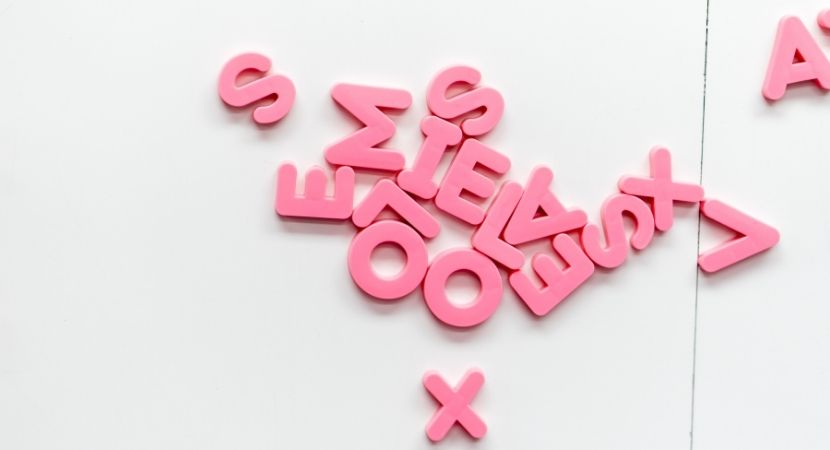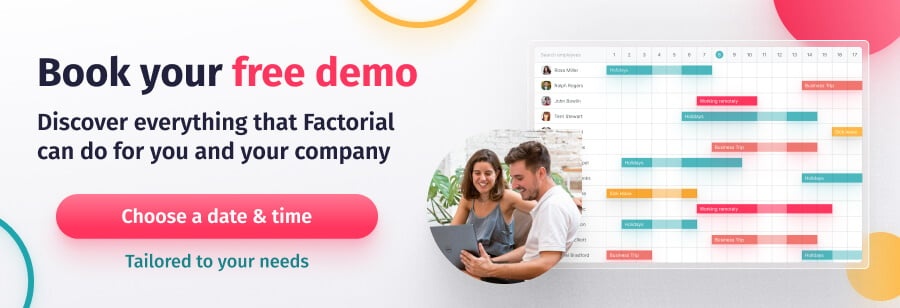Human Resources departments often ask job candidates for a reference letter during their recruiting or interviewing process. Likewise, employees leaving the company often ask their managers or HR department for a reference letter so they can provide one when applying for new positions.
The reason why it’s useful for candidates to have a reference letter is to improve recruiting processes, as it allows recruiters to have a better understanding of the kind of profile they’re dealing with; what kind of expectations they can have; and what the candidate’s performance has been like within other organisations. This won’t only mean HR managers will avoid employing someone who won’t fit in or who won’t offer what the company needs, it will also save them time.
Because we know writing job recommendation letters is a task that HR professionals and employers have to deal with constantly, we’ve put together the following guide:
- What Is a Reference Letter?
- How To Write a Reference Letter Template
- 10 Tips To Write a Good Job Reference Letter
- ✅ Try Factorial’s HR Software for Easy & Secure Document Management
What Is a Reference Letter?
A reference letter, also known as a job reference letter, is a document that adds to candidates’ CVs. This letter is usually a mandatory requirement in order to move forward with the recruiting process. In some cases, even if not required, candidates will provide a reference letter so as to expand on their professional abilities.

In this kind of document, candidates’ abilities are highlighted – both soft and hard skills -, as well as their achievements and results in previous roles and organisations. It is not compulsory to write a reference letter for an employee if they ask for it, but doing so will contribute to the overall employee experience.
If you’re often asked to write reference letters for your employees, we recommend you write a template. This template will not be addressed to anyone in particular, but if and once you know who the recipient is, it should be personalised. It’s important to remember that even if you’re providing a standard reference letter, you should customise it and make it relevant for the company you’re addressing it to.
We should also mention that your reference letter template should also be tailored to your employee’s field, position and the industry it’s intended to.
What Should a Reference Letter Include?
Some details to be included in the letter are quite obvious: the employee’s name, relevant skills and so on. But what other information should a reference letter include so it’s as comprehensive as possible?
Here is a list:
- Name of the employee and position (or positions) held within the organisation.
- Period of time in which the employee worked for the organisation, with the exact start and end dates.
- Main responsibilities, achievements and goals reached by the employee and or/their team.
- Other specific skills the employee stands out for. These could be soft skills (high adaptability to changes) or hard skills (ability to use a certain software or technology).
- Training received by the employee within the company and their professional development within their field.
- Reasons why you would recommend this employee.
- The sender’s signature or the company’s stamp or seal.
- The sender’s contact details in case the recipient wants to check or ask for further information.
In some cases, this letter must be written on a letterhead so as to add formality and credibility.

Who In The Company Should Write Reference Letters?
Not everyone can write this kind of letter for an employee – not for lack of abilities but because they may not have had a strong enough relationship with them or have information about their results, knowledge, responsibilities or development within the company.
This letter should be as objective as possible, so it’s not a good idea to have it written by a colleague on the same level or an employee from the same team. The best practice is for the employee’s direct manager to write it.
How To Write a Reference Letter Template
As stated above, the information provided in a reference letter varies according to the industry and the sender. However, job reference letter usually follow the same structure:
- Heading. This is where the title goes, and should be a different size or style to the rest of the document.
- Sender identification. There should be a dedicated space for a greeting from the sender and a brief professional introduction – name, surname and role in the company recommending the employee.
- The employee’s information, details and achievements. This is the main text, where the employee is introduced in detail and recommended.
- Closing and contact details. It’s important to state that as a sender, you’re available to the new company for any clarifications needed on the information provided.

10 Tips To Write a Good Job Reference Letter
Now you know what elements you should include to make your job reference letter template as comprehensive as possible. If you want to know how to make it effective, here are 10 tips for you to apply.
Don’t forget this letter can be key to a great start for your employee at their new company and their professional development!
Be clear and to-the-point
This piece of advice is probably pretty obvious – be clear and concise so the person reading the letter can easily find relevant information.
Include specific details for the employee you’re recommending
Don’t forget their surname and passport number so their identity can be checked.
Address the letter to a specific individual
Whenever possible, address your letter to someone in particular. If you don’t know who your recipient is, you can use “To whom it may concern” or “Dear Recruiter/Hiring Manager”.
What does your employee highlight about their skills
Use your employee’s CV as a reference, check what skills they highlight about themselves and analyse them.
Check your employee’s performance within your organisation
Gather and have all details about your employee’s performance at hand, analyse those results and data and talk about them. This will be easier to do if you have software to help you with Performance Management.
Don’t overdo flattery
There’s no need for excessive nor generic descriptions of the employee’s positive qualities or abilities. Anything that may come across as repetitive or too generic will be viewed as suspicious or uninformed and not at all objective.
Talk about the employee’s qualities as a human being
Don’t forget to mention your employees’ value, both as a professional and a human being. The future company will want to know if this person will fit in with the company’s culture.
Reference their assigned tasks
Talk about how the employee took on tasks assigned to them during their time at the company, and how they overcame challenges and difficulties.
Most importantly: an explicit recommendation
Make sure you clearly explain why you’re recommending the employee. For instance, you can end the letter with a strong recommendation referencing the employee’s achievements or how you think they’ll grow in the position they’ve applied for.
Make it as recent as possible
Make sure to include the date you’re writing the recommendation letter. If you don’t know when the employee is going to deliver it, wait until the last minute. The more updated the information you provide is, the better.
Remember that writing a job recommendation letter for a former – or soon to be former – employee isn’t mandatory, but it can be of great assistance and largely contribute to the employee experience and offboarding process.


